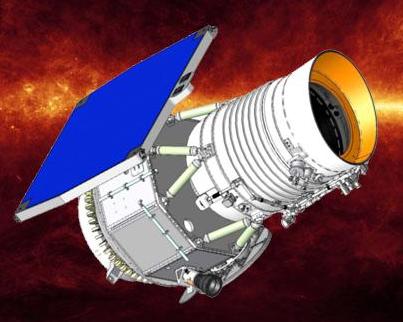NASA’s WISE mission reports discovery of “millions” of black holes
 On August 29, US space agency NASA made an announcement about some of the results of its Wide-field Infrared Survey Explorer (WISE) mission, under which "millions" of likely super-massive black holes in space have been uncovered.
On August 29, US space agency NASA made an announcement about some of the results of its Wide-field Infrared Survey Explorer (WISE) mission, under which "millions" of likely super-massive black holes in space have been uncovered.
The WISE mission - involving the infrared space telescope which was launched to low-Earth orbit in late 2009 - has thus far obtained at least five images covering nearly 95 percent of the sky at four infrared wavelengths.
Along with reporting the discovery of millions of black holes, the mission has also found nearly 1,000 dust-obscured galaxies (DOGs), which have extremely high-temperatures, and have been labeled by NASA as "hot DOGs."
According to the information shared by NASA, the mammoth black holes identified by the WISE telescope could probably be examples, in the early universe, of the colossal black hole at the center of our own Milky Way galaxy. With galaxies and black holes being fairly young in the early universe, the super-massive black holes apparently provided the power source for the highly luminous objects called `quasars.'
Revealing that the WISE mission has discovered "a bonanza of black holes in the universe," astronomer Daniel Stern - of NASA's Jet Propulsion Laboratory (JPL) in Pasadena, California - said during an August 29 news briefing that the telescope can now identify numerous hidden quasars in the universe," and added: "We think these quasars are really important for shaping how galaxies look today."